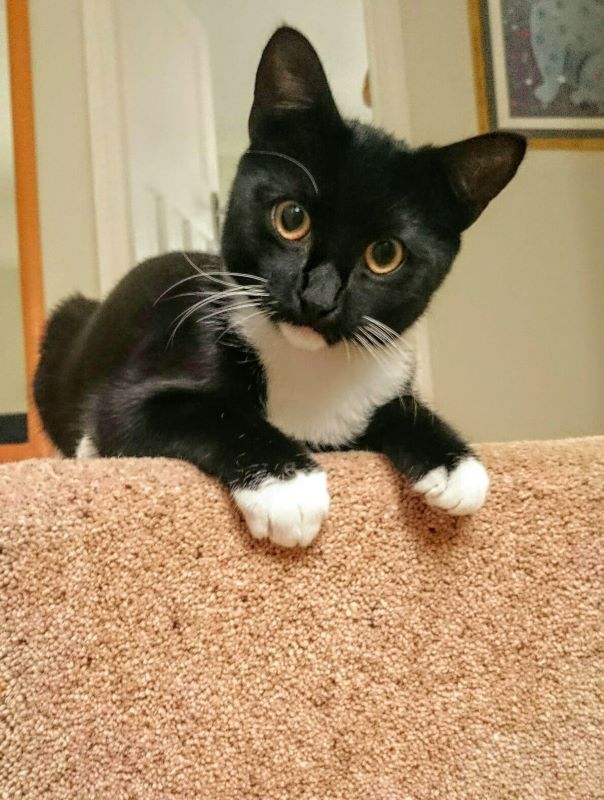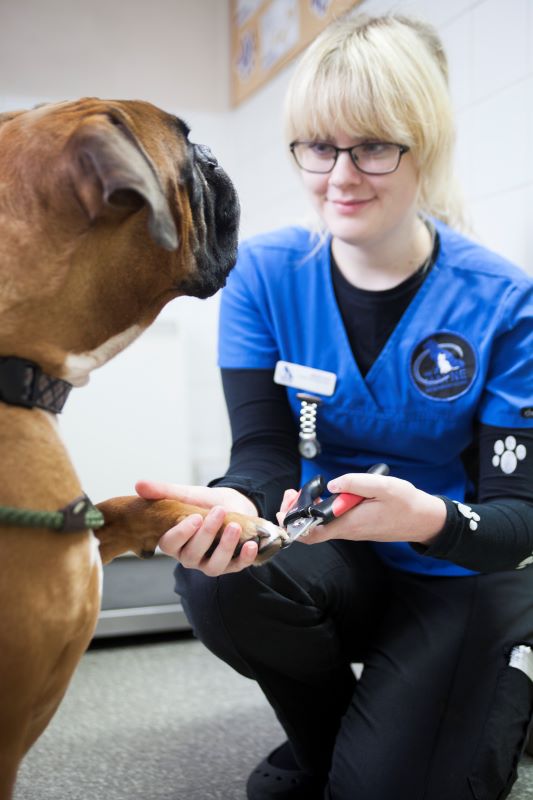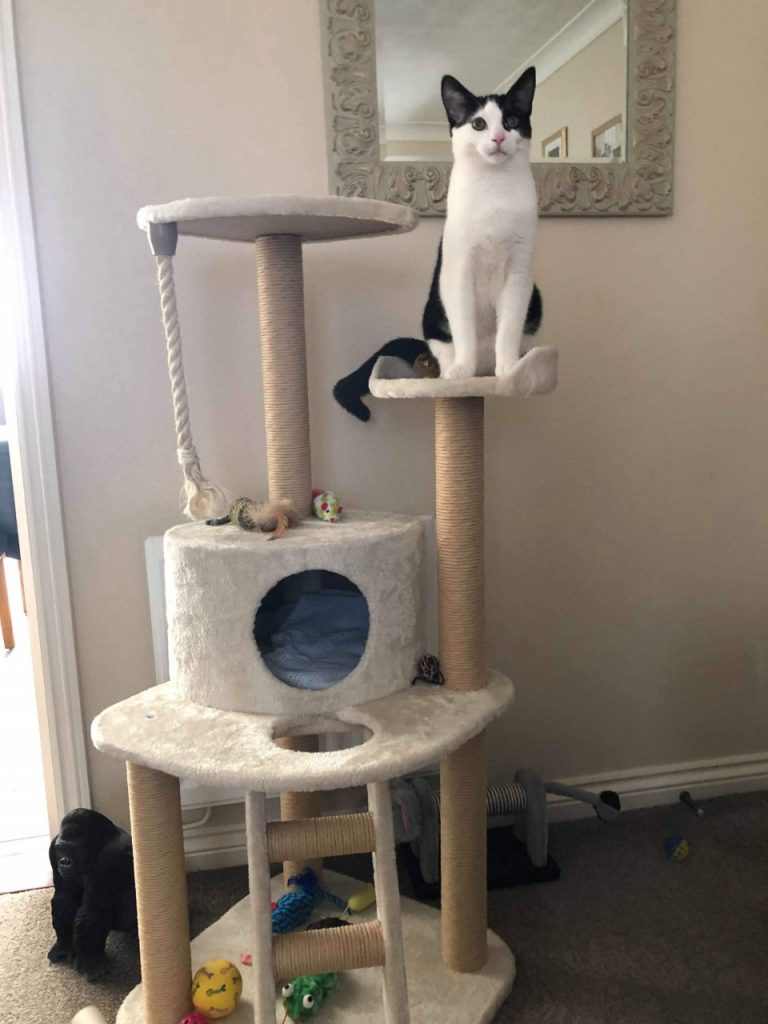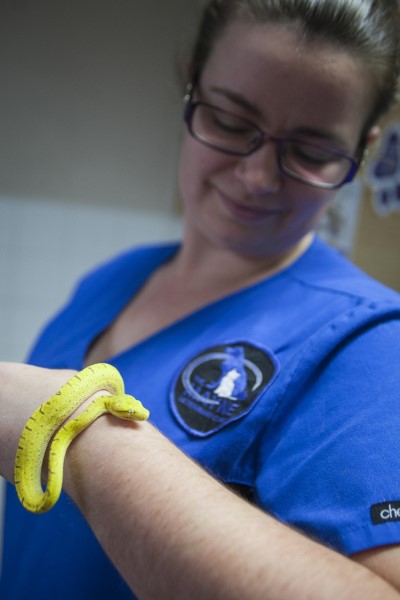
Most of our clients love to holiday in Europe and for many of them, that holiday wouldn’t be complete without their beloved pet beside them. If you’re one of these owners then we know, like us, you’ve been concerned about what the Brexit outcome will have on your future travel plans.
Now that Brexit has finally happened we’ve been informed by the Animal and Plant Health Agency (or APHA for short) that ‘pet owners can travel with their pets in the same way as they do now during the transition period, until 31 December 2020’.
So what does that mean? Well, it means we can continue to travel with our pets using the Pet Passport system until the end of the year. If you’re not familiar with the Pet Passport system, it involves the following steps:
- Your pet must be microchipped, and this must be done before commencing step 2
- Your pet must be vaccinated against Rabies. Pets must be at least 12 weeks old at time of vaccination
- After the rabies vaccination the passport can be completed however there is a 21 day wait after the date of the rabies vaccination before it becomes valid for use
- The passport can only be used to travel to certain listed EU countries
- 1-5 days before re-entry to the UK dogs must be treated for tapeworm by an official veterinarian and their passport completed (this is not necessary if travelling from Ireland, Finland, Norway or Malta)
Whilst this is great news, we would stress that the Pet Passport system is only really designed to stop the spread of rabies into the country. It is not designed to protect your pet while traveling in Europe. To best protect them there are additional preventative measures that should always be taken. These additional steps are not only to protect your pet but also you and your family.
- The Fox Tapeworm (also known as Echinococcus) is zoonotic which means it can be passed on to humans. In humans this worm can kill or significantly shorten life expectancy. All dogs must be treated for this tapeworm between one and five days of returning to the UK. However, it is very possible that your dog is re-exposed to this tapeworm after their treatment but before return to the UK. As a precaution, we recommend a second treatment after returning to the UK, within 30 days of the initial treatment, to get rid of any infection that was picked up within that five-day window. If you are travelling for a long time, we would recommend treating for tapeworm every 30 days whilst you are away and then within 30 days of returning to the UK.
- Ticks can be picked up by your pet in Europe and these can transmit infectious disease, some of which can be fatal. With our current climate some of these ticks thankfully can’t survive outside in the UK, however they could quite happily live in your home and infect you or your pet. We strongly recommend using a good tick preventative whilst away and it is good practice to give your pet a daily tick check as no tick product is 100% effective
- Leishmania is a disease which can affect both pets and humans. It is transmitted by sandflies and is mostly seen in southern Europe. We recommend a good parasite preventative with sandfly repellent. In addition it is advised to use avoidance techniques such as avoiding walks at dusk and dawn when they are most active. If you will be spending a large amount of time in endemic areas, then it may be worth considering having a vaccination against leishmania to prevent the clinical disease developing.
- Heartworm is a disease affecting dogs and cats which is transmitted by mosquitoes. Although we have mosquitoes in the UK, our current climate has prevented heartworms from becoming established in the UK. Again, a good parasite preventative which will kill heartworm but also repel mosquitos is strongly advised.
If you have any concerns about travelling with your pet or their parasite preventative needs, then please don’t hesitate to get in touch. We still don’t know what will happen to the Pet Passport system beyond 31st December 2020, but we will be sure to inform you via our website, social media and a newsletter once we do.
















